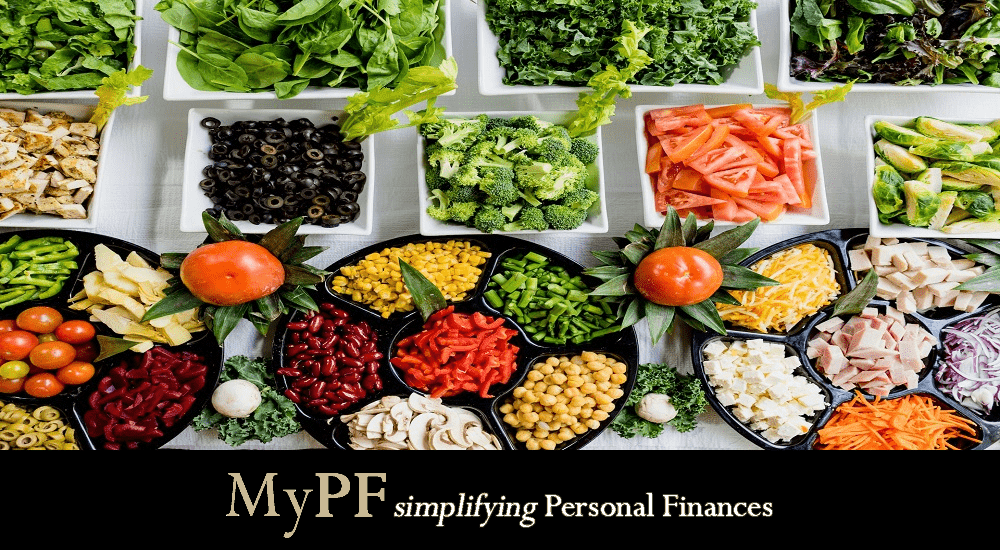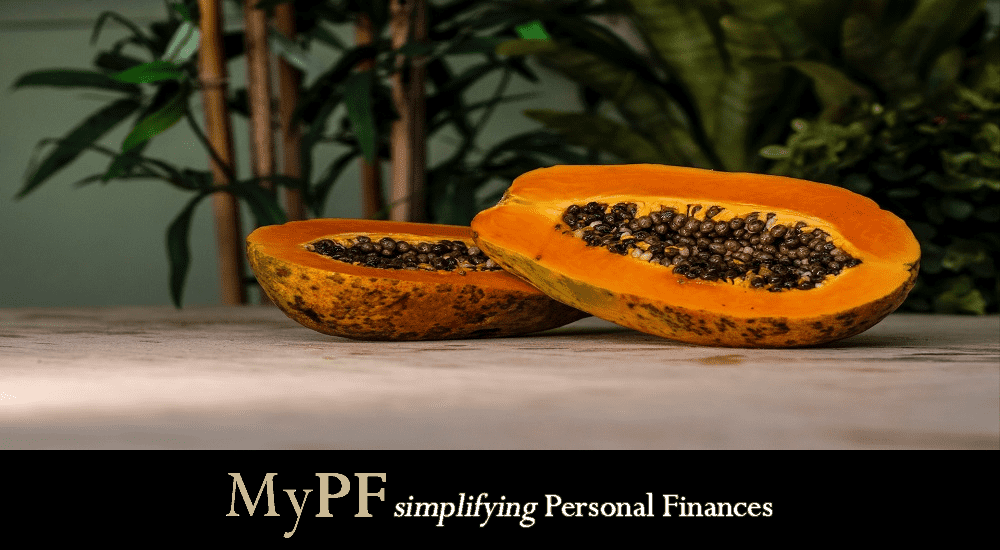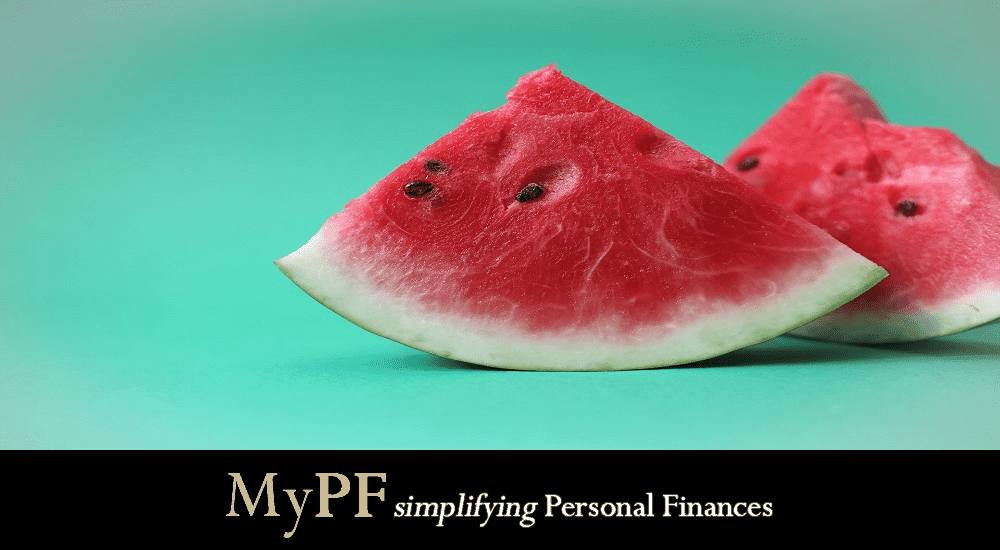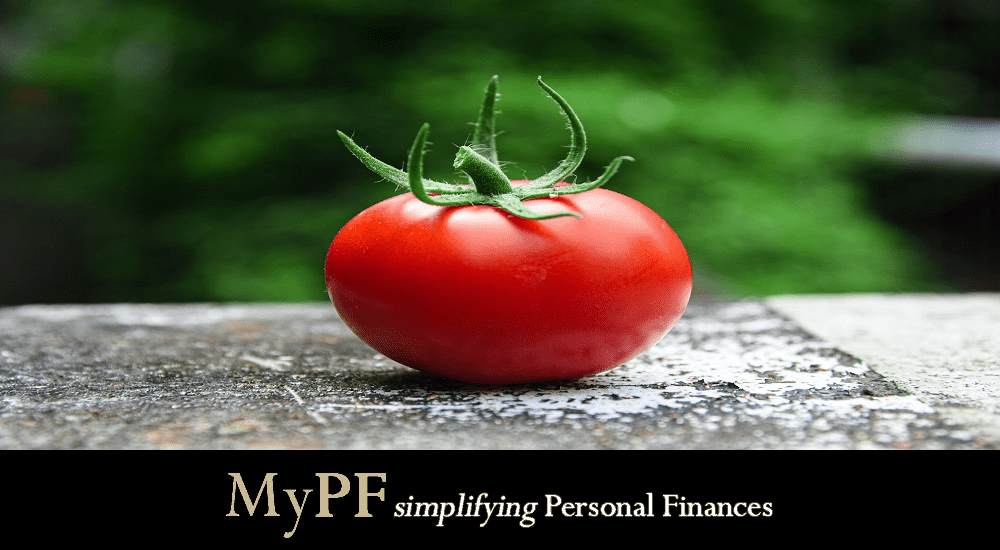Did you know much of our food in Malaysia is actually imported? Let’s buy local instead!
The cost of living in Malaysia is a growing concern with our country recording its highest inflation in more than a year of 4.4% in July 2022.
Most Malaysian households are tightening their belts. One worthy consideration is to swap our food choices to more affordable ones, such as choosing to buy local instead of buying imported goods.
Why should we look at locally-produced food items?
- Imported items are more expensive (especially as the ringgit has weakened to its lowest level since the Asian Financial Crisis).
- Imported items are at risk of an interrupted supply, as we have recently seen due to the Russia-Ukraine conflict.
- Locally-produced items don’t require as much preservation, hence are less adulterated making them a better choice.
In other words, Malaysian-produced food items are more budget-friendly, available, and are a healthier choice!
Contents
Our Data
This article utilises data on the self-sufficiency ratio of food items in Malaysia in 2021 published by the Department of Statistics Malaysia (DOSM).
Self-sufficiency ratio (SSR) is the percentage of food consumed and produced domestically.
In this article, we will look at food items with an SSR above 100%, meaning that local production of the food is enough to satisfy domestic demand and Malaysia does not need to import much of it from overseas and vice versa.
#1: Papaya
Papaya makes the list with a self-sufficiency ratio (SSR) of 146.9%. In 2021, Malaysia produced about 60,980 tonnes of papaya, where about 68% of that production was consumed by Malaysians or used for feed, with the remaining 32% exported overseas. The price of papaya has been relatively stable, growing by only about 1.3% from RM3.71 per kg in 2019 to RM3.76 per kg in 2021.
This delicious fruit is a common sight on Malaysian tables, with its soft and sweet texture that is everyone’s favourite after a meal. It consists of high levels of antioxidants such as vitamins A, C and E, and fiber, which could prevent heart diseases, lower cholesterol levels, and reduce the risk of macular degeneration.
Aside from eating papaya raw, you can also have pickled papaya, papaya in soup, roasted papaya, papaya salsa, and so many other yummy papaya dishes to keep you from getting bored.
To cut your bills further, you can easily grow papaya at home as the hardy tree easily bears many fruit as long as you have plenty of sunlight.
#2: Watermelon
Watermelon’s SSR came in at 139.5% in 2021, where Malaysia produced 127,835 tonnes of watermelon. About 68% of that production goes to local demand, with the remaining 32% exported overseas. Similar to papaya also, watermelon (with seeds) prices increased by only 1.3% from RM3.12 per kg in 2019 to RM3.16 per kg in 2021.
Famous for its red (sometimes yellow) sweet watery texture, many Malaysians enjoy them after a hot day out and blend them into juices. Most importantly, watermelon is a great source of antioxidants including vitamins A, C, and E, lycopene, and caratenoids. This means that watermelon is good for your eyes, good for your heart, and fights cancer!
Aside from eating watermelon fresh and blending them into a juice, you can freeze slices and make popsicles, or chop them up into a salad. That refreshing, juicy bite! Yum!
#3: Duck Meat
Surprise! Duck meat makes the list with a high SSR of 130.6%. In 2021, Malaysia produced about 69,762 tonnes of duck meat, where 77% of that amount are for local consumption, with the remaining going to the export market. Duck meat prices increased by 3.4% from RM13.8 per kg in 2019 to RM14.3 per kg in 2021.
Duck isn’t really the first choice of meat for most Malaysians, but with its wide availability in Malaysia, you could consider switching to duck meat if prices of chicken, beef, or seafood increase significantly when imported from outside. Duck is an excellent source of protein, iron, and B vitamins, not to mention tasty as well, with a gamey flavor reminiscent of venison.
#4: Tomato
Tomato is actually Malaysia’s most reliable vegetable. It has an SSR of 118.9%, with Malaysia producing about 186,663 tonnes of tomatoes in 2021. About 81.2% of this amount goes to local consumption.
During the pandemic, consumption of tomatoes among Malaysians increased significantly from 117,306 tonnes in 2019 to 136,927 tonnes in 2021. This perhaps explains why tomatoes price increased sharply from RM5.0 per kg in 2019 to RM5.6 per kg in 2021.
Tomatoes are very versatile, from being used in sandwiches, salad to even being cooked together with eggs in traditional Chinese stir-fried style. It is also a popular choice to be used in soups and most importantly marinara pasta sauce.
#5: Chicken / Duck Egg
Malaysia produces enough chicken and duck eggs for local consumption. The SSR stands at 114.4%, where about 839,700 tonnes of eggs are produced in 2021. Only about 12.5% of it is exported outside of Malaysia. Prices of eggs have actually declined, with grade C eggs price declining from RM3.8 per 10 eggs in 2019 to RM3.5 per 10 eggs in 2021.
Eggs are just a staple for every type of Malaysian cuisine. Nasi lemak is just not complete without it. Indo mee without a telur mata kerbau, doesn’t feel right at the mamak. As Malaysia still produces enough eggs for every Malaysian consumption, you don’t have to feel concerned about the shortages of eggs or prices increasing sharply anytime soon.
Interesting fact: Malaysians are among the world’s largest egg eaters, averaging 320 eggs per person per year as compared to only 250 in the United States and a paltry 48 in India!
#6: Spinach
Spinach’s SSR comes in at 112.0% in 2021, with a total production of 80,404 tonnes. About 87.9% of it goes to local consumption in Malaysia, while prices of spinach increased by 9.2% from RM4.5 per kg in 2019 to RM4.9 per kg in 2021.
Spinach, whether stir-fried with garlic or added to a scrumptious pot of soup, could improve your blood glucose, lower risks of cancer and strengthen your bone health. It contains a wide variety of nutrients ranging from protein, calcium, iron, magnesium, potassium, vitamin A and folate.
Other than that, chop it up, and combine it with your salads, pasta sauce, or even mix it with burger patties or meatballs!
Conclusion
Imported food items are at risk of becoming more expensive if the ringgit weakens or there are supply disruptions overseas. Understanding that there are some local food items that are produced wholly in Malaysia without currency risks, could go a long way in cutting food cost should imported food items get too expensive.
Let us know in the comments below what food items are expensive to you now!













Leave A Comment